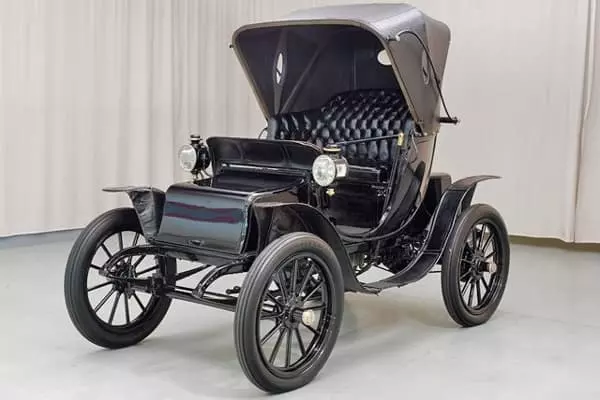According to new research from Lund University, insufficient infrastructure was a major factor in American car manufacturers choosing gasoline cars over electric cars in the early twentieth century. According to the study published in Nature Energy, if electricity grids had spread just 15 or 20 years earlier, a majority of manufacturers would have likely chosen electric vehicles.
In the 1930s, Franklin Roosevelt’s New Deal included a broad political commitment to a universal electricity grid, but it was decades too late. “It is widely assumed that electric vehicles are technically inferior and more expensive. We discover that this is not entirely correct. Electric vehicles were more expensive, but not in comparison to their performance. Furthermore, because early cars were light and small, the average range was surprisingly good “Lund University’s Associate Professor of Economic History, Josef Taalbi, agrees.
Josef Taalbi and Hana Nielsen investigated the process by which electric cars were outcompeted and gasoline cars took over in a recently published research article. They had a database of over 36,000 American passenger car models to help them. Their findings demonstrate that the best technology does not always become dominant.
It is widely assumed that electric vehicles are technically inferior and more expensive. We discover that this is not entirely correct. Electric vehicles were more expensive, but not in comparison to their performance. Furthermore, because early cars were light and small, the average range was surprisingly good.
Josef Taalbi and Hana Nielsen
“Electric cars were cheaper to drive in the 1920s, according to our estimates, because electricity was cheap. Switching to electric vehicles would have resulted in a reduction in carbon dioxide emissions of approximately 20 million tonnes in 1920 alone “Hana Nielsen, a postdoctoral fellow at Lund University, agrees.
Why were gasoline cars chosen? According to the findings, most automobile manufacturers began producing gasoline-powered vehicles as early as the turn of the twentieth century. Access to local electrical infrastructure emerged as the single most powerful predictor of whether a producer chose an electric or gasoline propulsion system.

“Because of the slow expansion of electricity infrastructure, many manufacturers initially chose to invest in gasoline cars rather than electric cars. Part of the problem was that the household electricity market was not profitable for private electricity producers. A broad political commitment to a universal electricity grid was realized for the first time in Franklin Roosevelt’s New Deal in the 1930s, but it was decades too late for the electric car. We can also see that the expansion of good road networks tended to benefit electric vehicles, implying that these were more reliant on the extent and quality of road networks” Hana Nielsen says.
“Our findings emphasize that car manufacturers chose technology based on the conditions that existed at the turn of the twentieth century. Despite the fact that the electricity network expanded over the next few decades, there was no change in propulsion. By the 1910s, the industry had become entrenched in a technology choice that was difficult to reverse” Josef Taalbi says.
“Other factors were also at play. Historians have noted that the electric car was marketed as a luxury and ‘women’s car,’ whereas the gasoline car was marketed as a ‘adventure car,’ appealing to male consumer groups. We cannot say how much this contributed to the choice of technology in this study, but it is possible that electric cars were forced into a luxury niche because they were more limited to urban environments” Josef Taalbi says.
What, then, would have happened if the electricity grid had been in place earlier?
“According to our models, the vast majority of automobile manufacturers would have produced electric vehicles, particularly in urban areas. However, gasoline cars had an advantage in touring, and electric cars faced additional challenges, such as slow speeds. The most likely outcome is a dual transportation system in which the electric car could have served as a reliable mode of transportation in urban areas while the gasoline car had significant advantages as a touring vehicle” Josef Taalbi says.
The researchers believe that their findings have clear implications for current debates. “In light of the current climate crisis, the findings support the notion that large-scale infrastructure investments are critical for achieving sustainable transportation and energy systems. This is true not only for electric vehicles, but also for other renewable energy technologies” Hana Nielsen says.
“Our findings show that a lack of infrastructure or delayed measures can create incentives that not only stymie alternative technologies, but also strengthen incumbent technologies,” Josef Taalbi concludes.
















